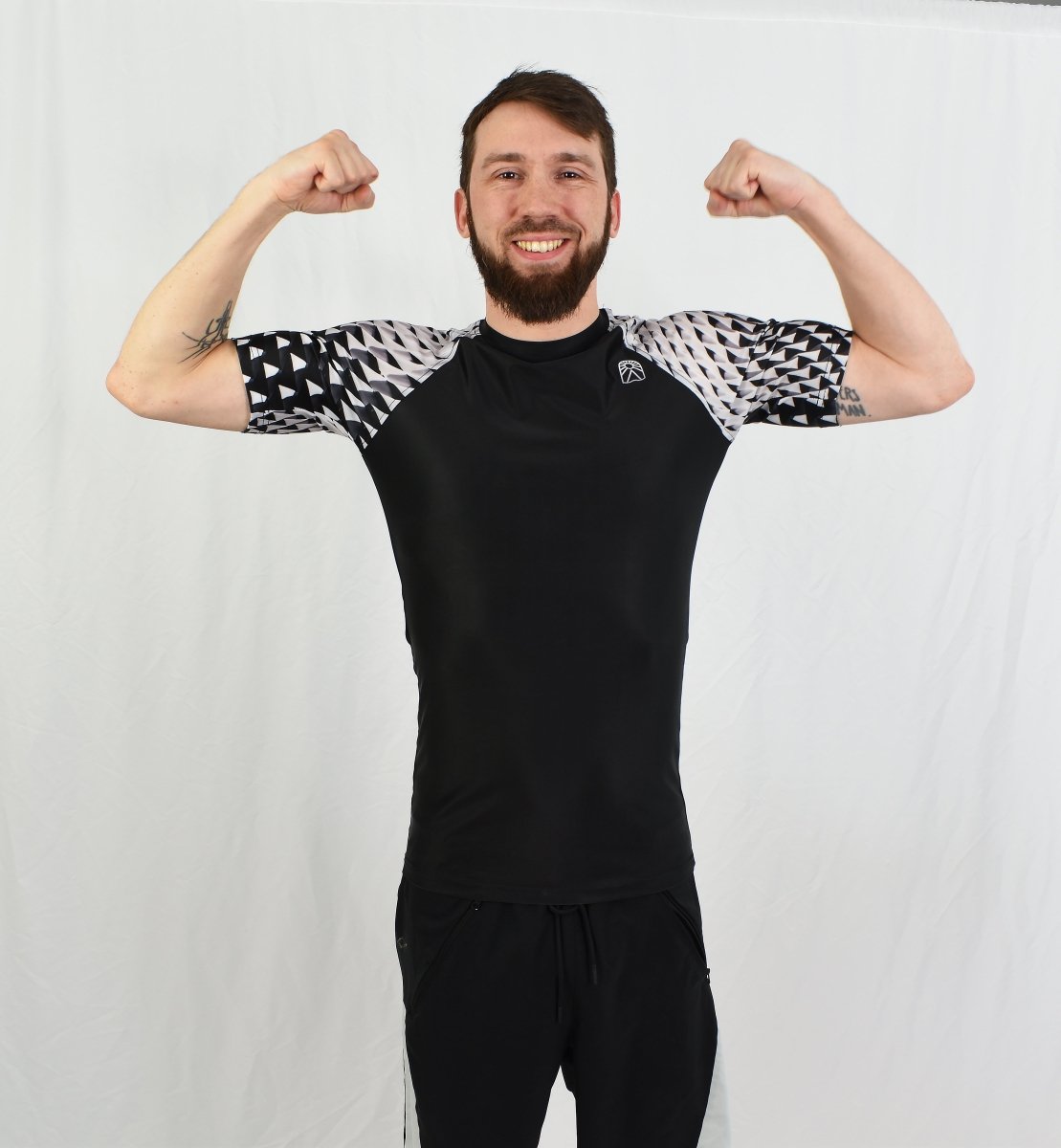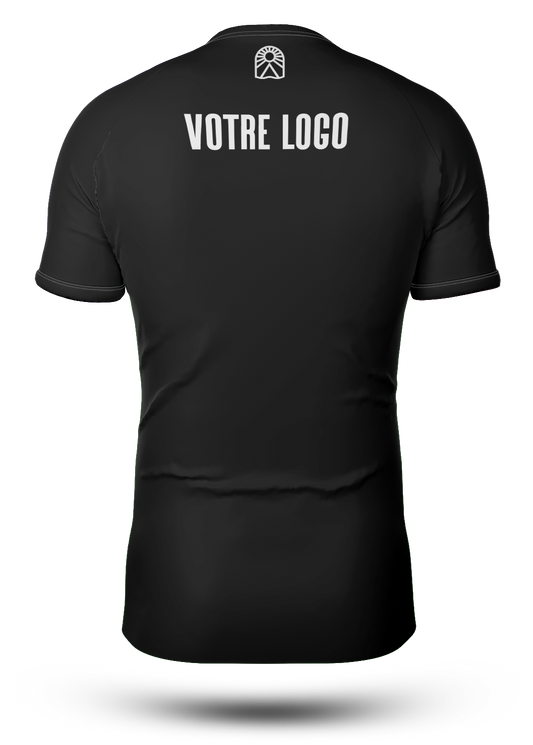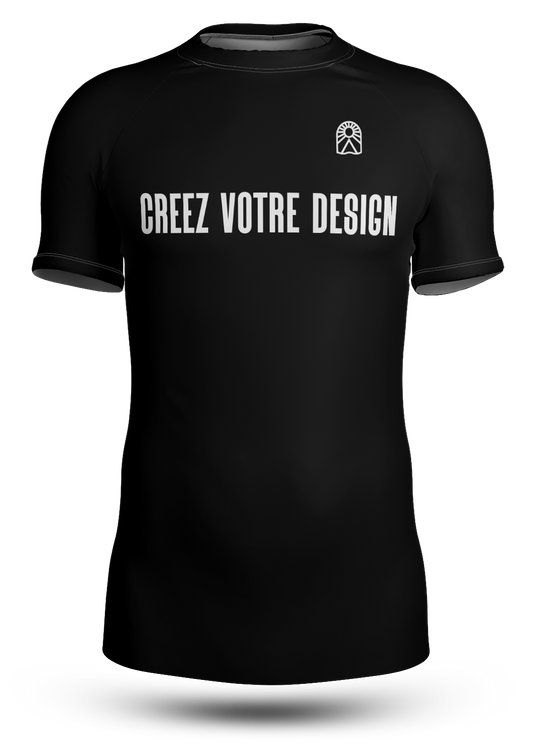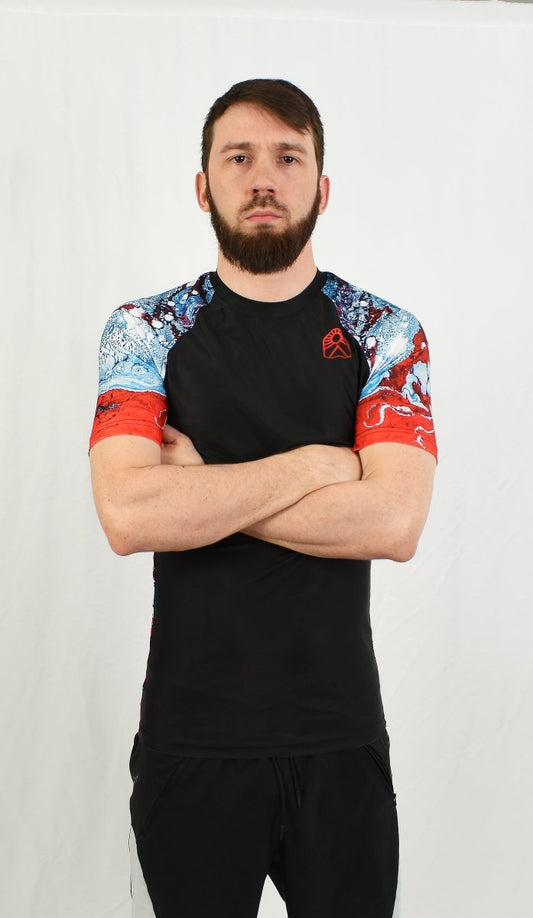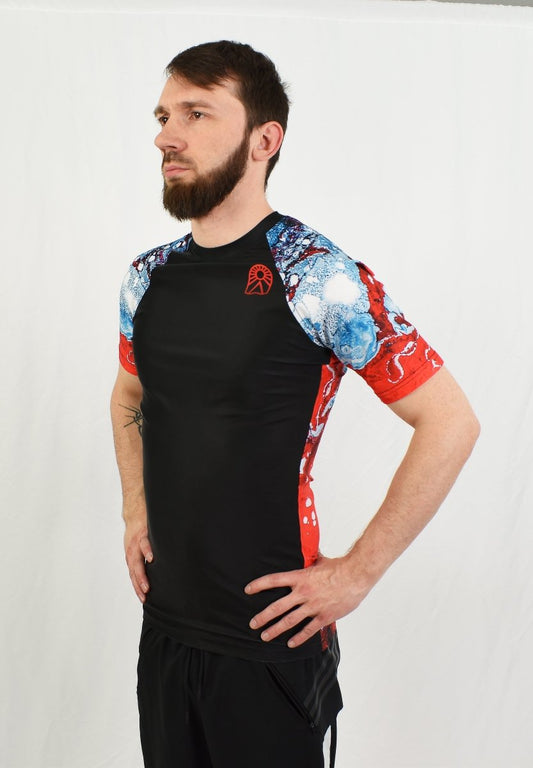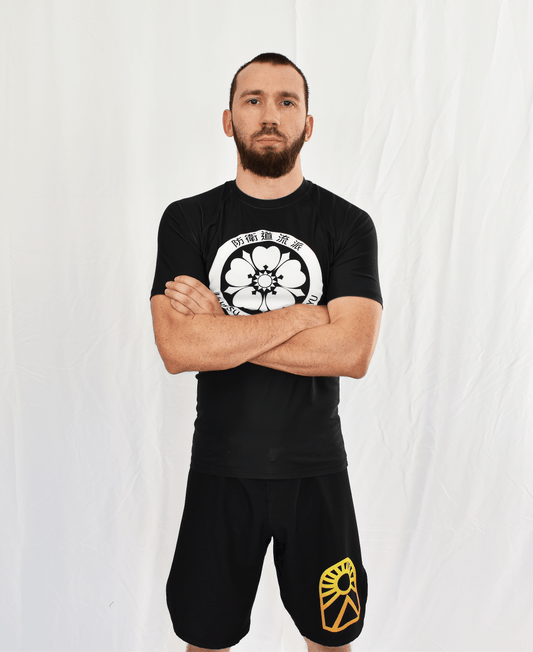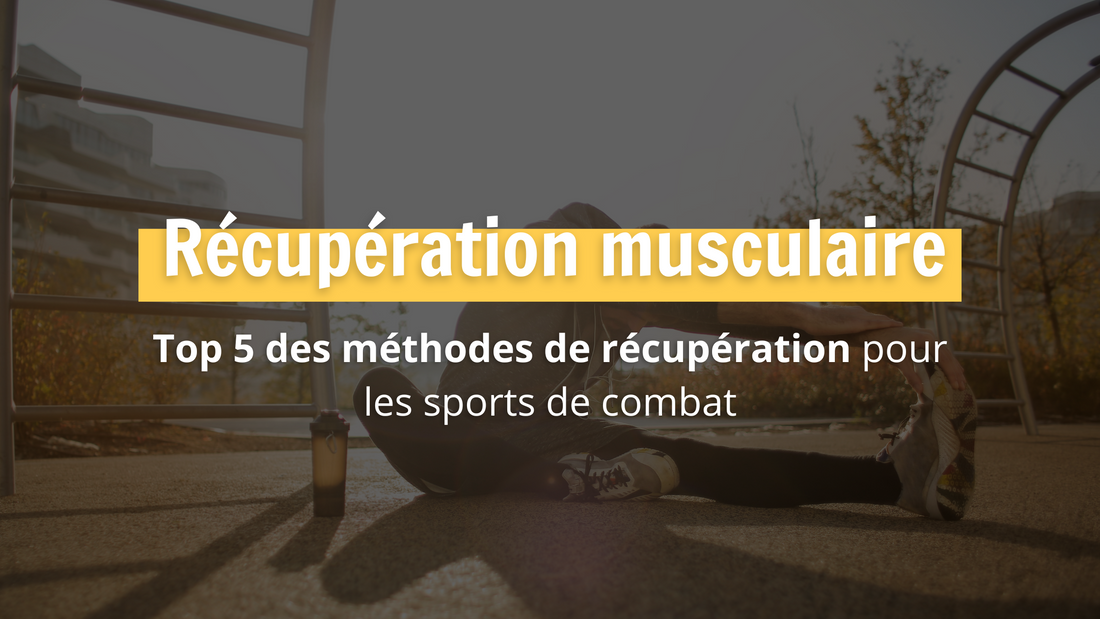
Top 5 Recovery Methods for Combat Sports
Pascal CadoretteHere are the top 5 most effective recovery methods for combat sports.
Do you train regularly and are looking for the best methods to quickly recover after your workouts and reduce the pain in your sore muscles the day after a workout?
Training hard is great, but rest and recovery are also part of training to help you rebuild an even stronger body. Not only that, but rest and recovery are an extremely important part of training to reduce the risk of injury.
In this article, I will share with you the 5 most effective methods for recovering after training.
I myself do Kyokushin Karate and Brazilian Jiu Jitsu and in any case, certain injuries or simply tough training may require a good recovery .
Over time, I myself have noticed that some methods are definitely more effective than others and I will share my experience for each of them.
So here are the top 5 most effective recovery methods for fighters in combat sports (note, the top 5 are not in order. It's simply a list of the most effective methods!).
Ice bath (Cold PLunge)

(Image source: ShaddockMMA )
Ice baths are a great solution to reduce inflammation as well as soreness after training. It is probably one of the most popular and effective methods among MMA or combat sports fighters.
Fortunately, it's also an extremely simple and inexpensive solution to recovering after a big workout:
- Fill a bathtub with the coldest water possible and immerse your entire body in it!
- Stay there for 10 to 15 minutes.
Research shows that staying in there for between 10 and 15 minutes is the ideal amount of time for sports recovery.
Personally, this is a method that I love and that does me a lot of good. Cold is an excellent tool for reducing inflammation and I feel the benefit as soon as I get out of the cold bath.
But what's also interesting about the cold bath is that as soon as you get in the bath, the body is under a huge cold shock, so it will work to increase its body temperature and warm itself up. So there's a mixture of cold and hot to really get the blood circulating through your body and reduce inflammation.
If you're interested in the benefits of ice baths, there's a great article from MayoClinic that goes into great detail about all the benefits, as well as some of the downsides that ice baths can have if done too often.
A side effect of regular ice baths is that it may also be possible to have a better immune system. There is still very little research on this aspect of ice baths, but some studies indirectly show that some participants who took ice baths also took fewer sick days at work!
Foam Roller

(Image source: Dynamic Runner )
We all know the famous Foam Roller , the foam rollers on which we lean and let ourselves go back and forth to massage the muscles and form a kind of "massage" on our body. Well, it happens to be a pretty useful and effective tool for muscle recovery , but especially for warming up for a workout!
Personally I use the Foam Roller to reach places that are normally difficult to reach, like the lower back or the back of the thighs, the buttocks. With the weight of the body pressing against the Foam Roller, it gives a massage that feels great.
Of course, using a Foam Roller should be done in an environment that is conducive to relaxation and rest; the muscles must be relaxed. Using the Foam Roller and remaining tense and not being relaxed will not help. Take the time to breathe, relax and the exercise will be beneficial.
Studies show that the Foam Roller is particularly more effective than other massage tools (except massage guns). But the Foam Roller demonstrates its usefulness especially as a tool to warm up your muscles and prepare your muscles for training, rather than post-workout. Thus the muscles are more relaxed and can perform better. After training, it remains a useful tool to reduce the perception of pain.
Reduces soreness:
Foam rolling is a good tool to reduce post-workout soreness because it massages deep into the muscles of the body, helping the sand circulate. By applying massage rather than stretching at the end of an exercise, foam rolling may be more effective in reducing post-workout soreness than stretching.
Improves flexibility:
Massaging the muscles helps to relax them and make the muscle more able to stretch and be more mobile. Be careful, the Foam Roller itself does not improve flexibility, but it puts the muscle in the best condition for flexibility exercises and massaging it and putting it in a relaxed state so that it is then more flexible when stretching.
Massage gun

( Image source )
Massage guns are relatively new to the world of combat sports recovery.
Massage guns are known to aid in recovery by improving blood flow and helping to loosen tight muscles. Some studies show that massage guns are helpful in helping with mobility in some larger muscles, such as the quads and glutes .
Personally, I mostly use my massage gun to loosen up my back when I have cramps or knots in my back. I sometimes make a wrong move during a workout, or I'm just sore after several Jiu Jitsu sessions. It's a wonderful tool for that!
Caution is needed, however, as overuse of massage guns can cause greater tension in the muscles and reduce explosiveness and flexibility. As it turns out, sometimes "too much is like not enough" .
Stretching and mobility exercises

(Image source: Nike )
Stretching and mobility exercises before training can be a great way to properly prepare and warm up your muscles for training and put them in the best conditions to perform and reduce injuries. So, indirectly, stretching and mobility exercises help you recover.
Exercising without stretching or warming up can cause even more stress and strain on unprepared muscles and, thus, cause more post-workout discomfort.
Good flexibility and mobility in the body and hips allows for less strain on all the stabilizing muscles and all the adjacent muscles that allow the body to function well. Not only does it improve recovery , but it also prevents unnecessary imbalances or strain in the body.
Warning! Be careful not to do stretching exercises after you work out, as post-workout stretching can trigger more injuries than it prevents. During training, you break down muscle fibers (to rebuild them stronger later). So, stretching a broken muscle fiber is a recipe for creating more soreness than it solves!
Hydration, nutrition and sleep

During a big workout, you sweat a lot. This means your body expels a lot of water and needs it to stay hydrated and function well. Drink well, stay hydrated with more than the necessary amount of water during the day.
During your workout, you also burned a lot of energy, so it's important to give your body back the energy, minerals, proteins and nutrients it needs to rebuild.
Honestly, I think if there is one method to remember to recover better, it is this: Eat well, drink well, sleep well and you will be fine. Give your body all the materials it needs to rebuild and it will have an easier time recovering from workouts.
Here are some supplements that can greatly help you recover after a workout:
- Protein
- Creatine
- Electrolyte-rich drinks
Not forgetting, of course, the normal foods of our daily life:
- Eat plenty of fruit
- Eat plenty of vegetables
- Drink water
- Eat meat
Pair that with a good night's sleep and you'll see that the combination of hydration, nutrition and sleep works wonders for recovery after a big workout.
(Article source, Hayabusa )
